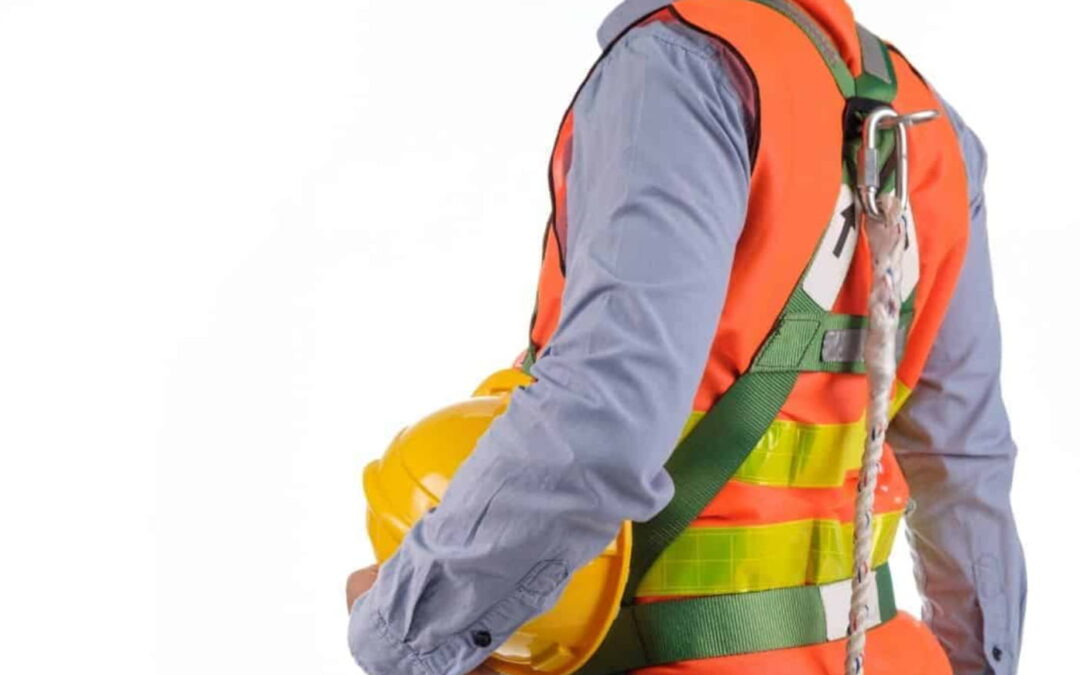Fall-related incidents are a leading cause of injuries and fatalities in many industries, making it crucial to understand the components of fall arrest equipment. This equipment, also known as personal fall arrest systems (PFAS), is designed to keep workers safe when performing tasks at height.
The ABCs of Fall Protection
According to safety professionals, there are three main components involved in a complete fall protection system, often referred to as the ABCs of fall protection: Anchorage, Body support, and Connecting devices.
Anchorage Point
The anchorage point, or simply ‘anchor,’ is a secure point of attachment for the connecting device. It must be capable of supporting a significant amount of weight, typically at least 5,000 pounds per worker. The anchor can be a beam, girder, column, or other structural member in a building. It can also be a manufactured anchor installed specifically for fall protection purposes.
Body Support
It refers to the full-body harness worn by the worker. Unlike a simple belt, a full-body harness distributes the force of a fall across the entire body, minimizing the risk of injury. The straps must be secured in a manner that will distribute the fall arrest forces over the thighs, pelvis, waist, chest, and shoulders. It’s important to ensure the harness fits properly and is comfortable to wear, as improper fit can lead to added risks during a fall.
Connecting Devices
The third component of a fall arrest system is the connecting device. These come in various forms, including standard lanyards, shock-absorbing lanyards, self-retracting lifelines, and more. The connecting device links the worker’s harness to the anchor point, creating a complete system that can arrest a fall should one occur.
Additional Components and Considerations
While the ABCs provide the foundation of the PFAS, there are other components and considerations that contribute to the effectiveness of the system. These include descent or rescue devices, which can be used to lower a fallen worker to safety, and other necessary equipment like helmets and gloves.
Furthermore, it’s essential to remember that the use of this equipment must be complemented by proper training. Workers should understand how to inspect their equipment, how to wear it correctly, and what actions to take in the event of a fall.
Conclusion
Understanding the components of personal fall arrest equipment is the first step toward ensuring worker safety at heights. With the right anchorage, body support, and connecting device, workers can carry out their tasks confidently, knowing they are protected if a fall occurs. Remember, safety should never be compromised – it’s not just about meeting regulations, but most importantly, it’s about preserving lives.

